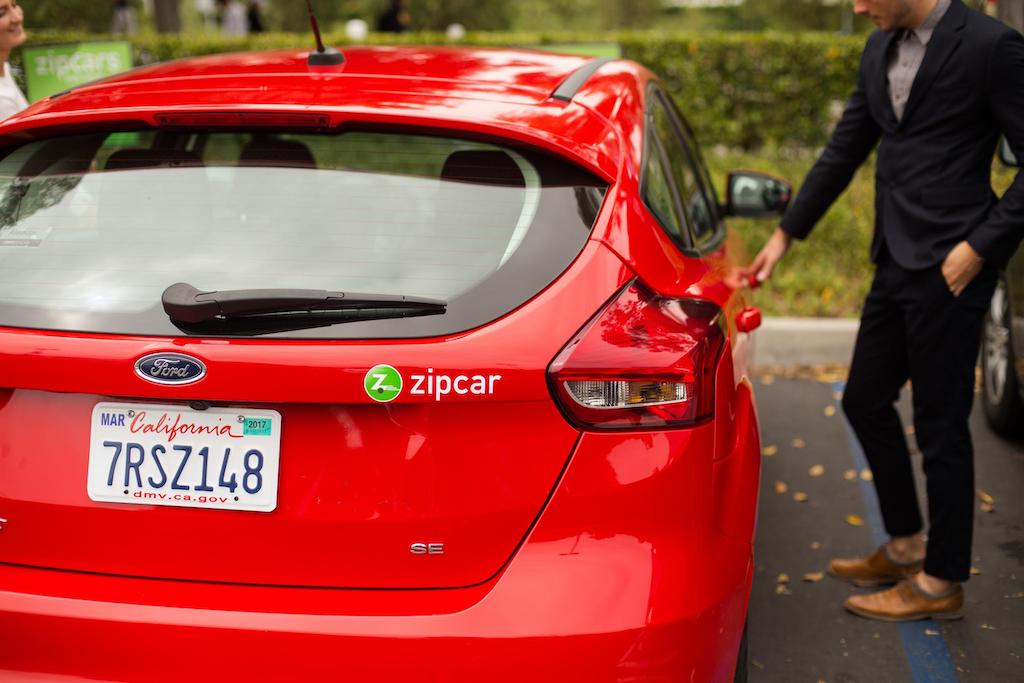Skift Take
Car rental companies are looking to become transportation networking companies like Uber and Lyft, while also renting cars to drivers of those ridesharing services. But first, they need to bring their core business back on track.
Public car rental giants have spent the last couple years trying to get their houses in order. No small task, but it appears they have mostly done so.
Now, if they can manage to avoid the overconfidence that tanked their attempted comeback in 2018, the focus will be on projects that fully bring the sector into the 21st century.
Avis Budget Group posted solid results during the final quarter of 2018, beating analyst expectations on earnings per share and earning $2.05 billion in quarterly revenue. Avis’ stock popped about 30 percent following earnings on Feb. 21, bringing its value back to where it stood in mid-2018. Avis ran into trouble last summer when it sent too many cars to Europe and the demand wasn’t there, which sent its stock value into a tailspin.
Fleet management for other transportation providers, along with a wider variety of transportation options available on their digital platform, will be one of the core areas of focus going forward. Avis owns Zipcar, which helps add to its stable of traditional car rental options but isn’t yet integrated into its Avis Car Rental app.
“We believe that in the long term, more mobility use cases will be offered as a service, and fleet management capabilities such as ours will be extremely valuable for any sustainable mobility company,” said Larry De Shon, Avis Budget Group CEO and president, on the company’s latest earnings call. “Yet, there are very few companies that can operate fleets at a global scale.”
There’s also the deeper opportunity of partnering with cities as they jockey to bring digital management to their motorways. In late 2017 Avis opened a lab to test its connected fleet in Kansas City, and is looking to partner with more cities to help them navigate the transition to smart city technology surrounding mobility.
Connected cars allow customers to select their vehicle through the Avis app and do things like remotely unlock their car. The long-term vision involves customizing offers and suggestions for drivers based on their preferences.
“There’s a lot of excitement as most big cities are really looking at how they’re going to plan for mobility in the future and do it in a [thoughtful] way that creates more opportunities for them than havoc or gridlock,” said De Shon. “As we’ve been in discussions with them, there’s obviously a role that we can play. Kansas City is probably the most advanced because not only do we have our Mobility Lab there… but there are a number of cities out there that we’re talking to.”
Hertz Global Holdings, which has struggled in recent years as well, was able to grow its annual revenue by 8 percent in 2018. The company still posted on Feb. 26 a $101 million loss in the final quarter of the year, losing $255 over the course of 2018. Revenue growth has picked up, even if the company isn’t yet turning a profit.
Besides getting the core rental business back in shape, Hertz’s efforts to rent vehicles to Uber and Lyft drivers has helped them drive revenue. Avis has a similar program as well.
“I think it has been a significant contributor to our growth,” said Kathryn V. Marinello, president and CEO of Hertz, on the company’s latest earnings call this week. “The great news is all of the aspects of it are coming in better than planned. So it is profitable and it is accretive. We plan on growing it, again, probably 30 percent to 40 percent over this year’s numbers. We ended at about 42,000 vehicles.”
When asked by an analyst about the company’s earnings margin, which is about half of Avis’, Marinello said the company is spending on improvements to its technology stack and infrastructure that will help it be more competitive over the next decade. The days of propping up the company’s quarterly earnings at the expense of investment are apparently over.
“We’re taking the right course, which is investing in the assets of the company where they haven’t been invested in and in particular, in our infrastructure and our technology as well as reenergizing our brands…,” said Marinello. “Where we’ve really been driving the bulk of the investment is getting the actual operating structure of our company back into shape, and the technology where it needs to be longer term. And some of that technology is 30-, 40-years-old; we’re a 100-year-old company. It has been in dire need of repair.”
Both public car rental companies are investing in their digital platforms at a time when their core businesses have had issues. The promise is there, though, for both to more strongly compete for the wallets of those who need to get around.
The Daily Newsletter
Our daily coverage of the global travel industry. Written by editors and analysts from across Skift’s brands.
Have a confidential tip for Skift? Get in touch
Tags: avis, car rental, earnings, hertz
Photo credit: A promotional image of a Zipcar vehicle. Zipcar
